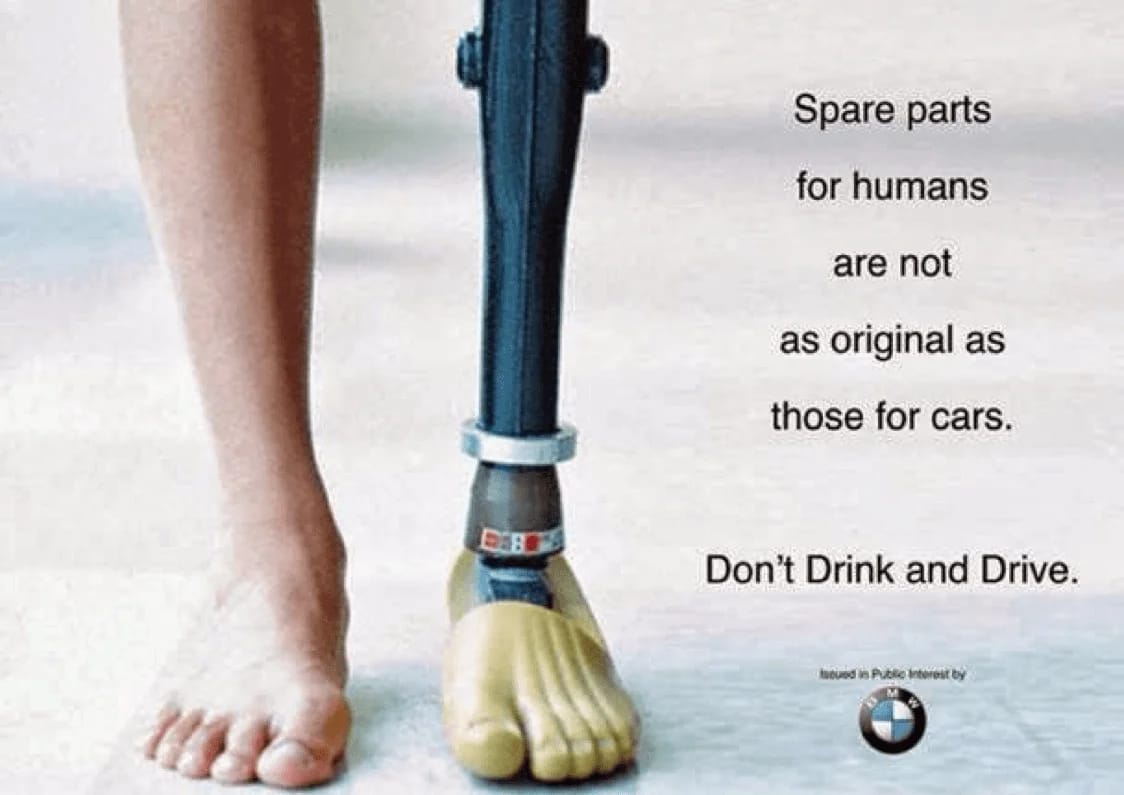Introduction
Most successful businesses have created tactical and unique initiatives to build solid relationships with their client base. These advertisements are aimed at luring customers to the company’s current and future offerings. There is an old-fashioned telephone in the background of a globe map of Europe in the vintageadbrowser.com visual advertisement with the title “You can telephone all over the World” and offers for cheap international phone calls. Whether overtly stated or not, advertising and marketing strategies rely on carefully crafted messages for their target audiences.
Ethos Rhetoric
Under its design, the graphic has a rhetorical message embedded to help it achieve its goals. An examination of advertisements and telephone use before and during this period is necessary to fully understand how emotional appeal, icons, and ethos are used in this visual. For a time, the business community and other influential individuals worldwide challenged whether the telephone was a necessary innovation for connecting so many humans. At the time, the phone was a puzzle. Judges used to issue prohibitions to prevent telephone companies from erecting poles to protect homeowners from the unsightly web of hanging power lines, which they perceived as a dangerous endeavor.
With the aim of enticing the people to sign up for phone service, the use of ethos rhetoric would’ve been particularly helpful. The Bell Company pledged to connect more residences and cities with a phone line program to help alleviate the problem. Calling itself “Bell” after famed inventor Alexander Graham Bell is a deliberate appropriation of ethos by the telephone company. Bell has used ethics to pertain to the consumer’s ethos to win the viewers’ or followers’ confidence and trust. An excellent example of this is the use of well-known and recognizable characters or brand names.
The affirmation of a product by prominent media personalities provides the audience with a sense of assurance (Stucki et al. 380): Actor Johnathan Hill, for example, is portrayed as a trustworthy and ethical icon in the ethos. The advertisement in the Vintage uses the name of famous Alexander Graham Bell and the success of the Bell Company in the United States to reach its European customers. Bell Telephone Company is equated with Alexander Bell’s name because he invented the telephone. Because of this, many homes and workplaces around the world have been connected to telephone services by the Bell brand or company.
The mobile cover shows that the advertisement relies on user trust and loyalty to transmit communication signals. Customers tend to believe in a brand if they know that it stands behind a worthwhile cause, such as enforcing fundamental rights such as confidentiality. Bell’s reliability in terms of speed, accessibility, and privacy is reinforced by the ad’s context that included the phone photo. Customer privacy is an important right, and the Bell Company recognizes this fact. Worries of privation data being intercepted by unwanted persons or entities were absent in the origins of the telephone. With its promise to provide secure and private connections to countries outside of the United States, Bell implies that its services will also be quick and easy to use. It took just four years to connect every city in the country to become a reality. The most underprivileged people had access to the services at the final moment. Nearly a century after the introduction of the telephone, it was discovered that Americans’ homes had more telephones than bathtubs. Even though the Bell made a deliberate effort to win over its customers and potential new customers, it appears to have succeeded.
Emotional Appeal Rhetoric
Bell’s phone advert uses emotional appeal rhetoric. It promises that the Bells mobile providers will provide the most satisfactory experience for the viewer. Emotional appeal is the art of establishing an emotional reaction in the target audience to the displayed commodities. If people sign up for the services, they’ll get something in return: an emotional steep. This means that the commercial will appeal to the audience’s sympathy, hope, vigor, and desire for the product. Ads that specifically aim to evoke feelings of nostalgia in their viewers are known as “emotional triggers.” Attracting customers to sign up for a new call tariff by promising them desirable experiences and satisfaction is a successful use of Emotional rhetorical appeal (Sundar, et al. 100).

Aside from the lower tariff rates, the audience will also appreciate their connection’s speed, convenience, and privacy. One of the concerns about telephone services was that they would intrude on people’s privacy. However, many families objected to telephone service in other cases because they argued that only a few wealthy people were within reach of the phone’s poles and wires, which overrun their personal space and visual appeal. The objective of the emotional appeal rhetoric is achieved by reassuring the viewers that they will appreciate the services without worrying about anything else. It is comparable to how Coca-Cola uses emotional appeal in their advertisements to show how happy people are after drinking the product, which they do by smiling back at the viewers.
Logic Rhetoric
Press and advertising agencies use logic to entice their audiences to sign up for their services and goods. The company cut the initial calling rate from $75 to $12 to attract doubters and skeptics in the viewing public. This was a swift and appropriate reply from Bell. The audience will appreciate the reduction in calling rates for calls because they will save money, spending more time with family and business associates. Logic is the process of arriving at a conclusion based on evidence such as facts, figures, metrics, and graphs. For example, using an arithmetical figure to show the price decline was intelligent enough to persuade clients to sign up for telephone services. For the viewer, this numerical figure provides evidence that would assist them in deciding. Most would be persuaded to purchase the products without a second thought if the price difference was as significant as $53. Additionally, using logical rhetoric gives the audience confidence that the product or brand they’re considering is the best deal around.

Conclusion
There are advantages and disadvantages to using rhetoric. The viewers may be promoted with virtues and become more careful. Since brand ambassadors command trust and dignity, their inclusion in a product may help the audience to imitate their actions. However, this may not happen if the advertiser has a bad reputation.. For example, users may become engrossed and madly indulgent due to the meager calling rates, which may cause them to invest more time on the phone than saving (Lipovac, Krsto, et al. 140).
In summary, advertising rhetoric has a significant impact on the target audience. Motivation buying and financial misuse of funds can result from promoting specific products. Both emotional appeal and logical rhetoric fall into this category. Influence behavior and decisions by appealing to emotions, rationalization, and drawing confidence. Advertisement firms should also watch out for the opposite effect of their intended message. Audiences must also carefully examine the message to avoid advertisements with the opposite effect, such as those promoting indulgence.
Works Cited
Lipovac, Krsto, et al. “Mobile phone use while driving-literary review.” Transportation research part F: traffic psychology and behaviour 47 (2017): 132-142.
Stucki, Iris, and Fritz Sager. “Aristotelian framing: logos, ethos, pathos and the use of evidence in policy frames.” Policy sciences 51.3 (2018): 373-385.
Sundar, S. Shyam, Jinyoung Kim, and Andrew Gambino. “Using theory of interactive media effects (TIME) to analyze digital advertising.” Digital advertising. Routledge, 2017. 86-109.